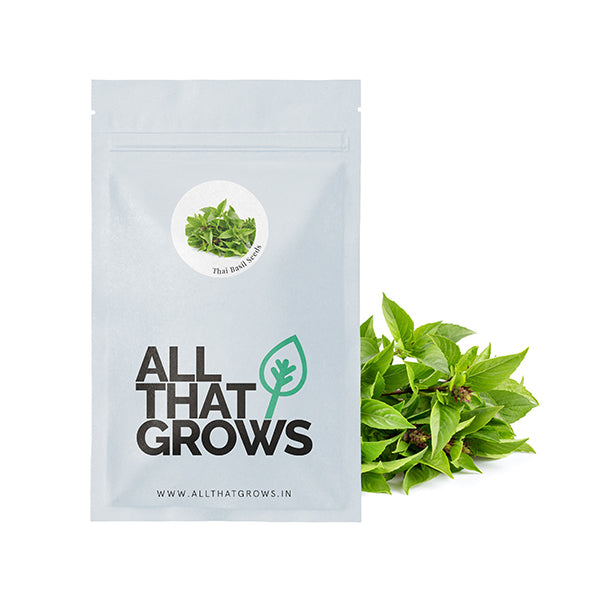Gardening 101: How To Grow Bermuda Grass From Seeds
Previous PostLush green lawn grass is every neighbor's envy. To be able to grow grass from grass seeds is a perfectly satisfying experience, especially for a first-timer.
Bermuda grass, in particular, is one of the easiest grasses to grow. Thanks to its heat and drought tolerance, Bermuda grass is an ideal summer season grass for your lawns and turfs.
A well-maintained lawn requires a bit of practice and patience for a beginner. Lush green turf is quite desirable and brings a sense of satisfaction to the proud owner. Let us take a look at steps that you can take to grow your lawn grass from seeds perfectly.
Soil Preparation For Planting Bermuda Grass Seeds

- Bermuda grass will thrive in sandy well-draining soils.The average soil pH level conducive for a thriving lawn is between 6 to 7.5. Checking the quality of your garden soil is very easy. Read our detailed guide to check and improve the quality of your garden soil.
- Gently remove any debris from the soil. Prepare the soil by loosening the upper few inches.
- Add organic manure, compost, or fertilizer and mix it evenly with the soil. Optimal nutrient levels assure healthy growth.
Select The Right Seed Type

Choosing the right seeds is very important to grow that perfect lush green space. Consider the weather, soil and sunlight conditions of your area before you single out the type of grass seeds to buy. If you are looking for the right seeds for your summer lawns and gardens, Bermuda grass seeds are the way to go. Bermuda grass is drought-resistant, heat resistant, and grows relatively faster.
Seeding Rate

So, how to plant Bermuda grass seed once the soil is smoothened and prepared? For new lawns, dense and uniform sowing of about 2 KG Bermuda grass seeds per thousand square feet and for existing lawns 1 KG of Bermuda grass seeds per thousand square feet would suffice.
Use an appropriate spreader like a drop type for a small lawn. Use broadcast, or rotary to spread the seeds evenly in larger lawns.
Use a rake to push the seeds to a depth of around 1/4 inch. Never sow the seeds deeper than this Bermuda grass seeds require direct sunlight for germination.
If you are looking for a hardy variety of grass seeds that can stand the test of time, Bermuda grass is the way to go. Owing to its heat resistance, drought tolerance and fast growing ability, you will have an easier time creating that desirable green turf.
Factors To Consider While Growing The Grass From Seeds
Location

Not all locations are ideal for a thick green turf. Lawns usually require optimum sunlight (6 hours a day). Any big tree or any hindrance can cause shade, which does not support good growth. It is best to find a location with minimal tree cover or hindrances.
Temperature

Temperature consideration is location-specific. Cool-season and warm-season grasses require different temperatures. It is best to know about a seed's natural periods of growth from a pro or local gardener. Align it with your sowing time, and you will get the fastest and lushest growth.
Watering

Adequate moisture helps in seed germination. Water the lawn daily but avoid saturation of the soil or soggy soil. Once the grass is two inches high, you can water as per climatic conditions or by checking the moisture content of the soil.
Timely Mowing Of The Lawn

Mowing is a skill that requires a bit of practice. Mow the lawn correctly, and you are in for a treat for your eyes. The appropriate time to start it is once the grass is at least 3 inches tall.
Take a professional's help to select the right mower for your lawn based on the lawn's size and your lawn goals- manual reel mower, electric, mulching or has-powered push mower, and so on. Do not remove more than one-third of blade length while mowing. If you overdo it, you expose the grass to environmental stress.
Perfecting a lawn does not require you to be a landscape artist. Learn a few basics, take a few handy tips from a local gardener or professional, and you are good to go to grow the lawn of your dreams.











Leave a comment